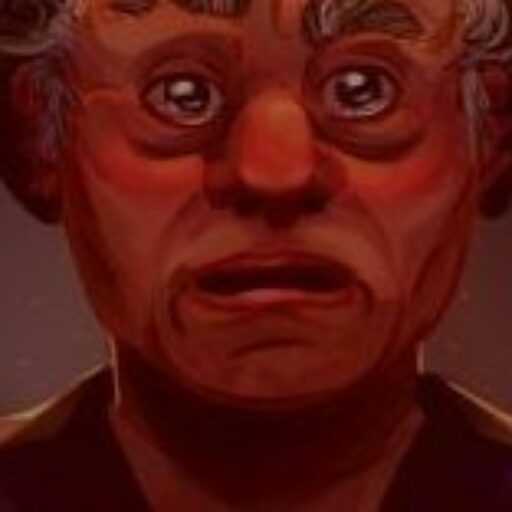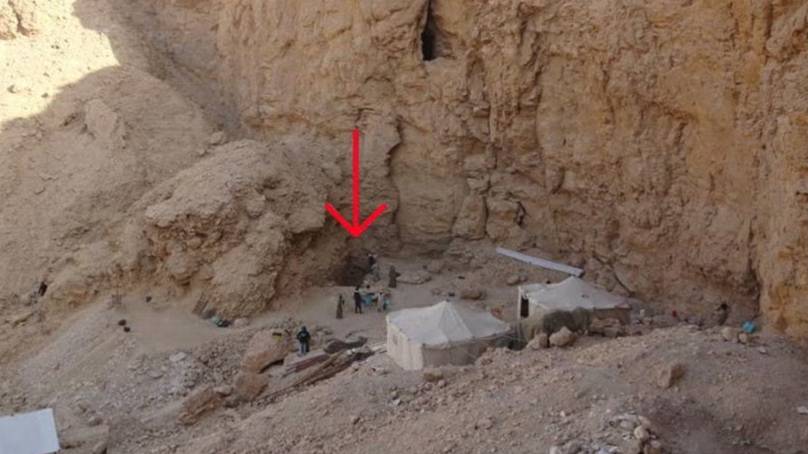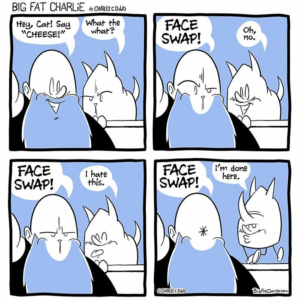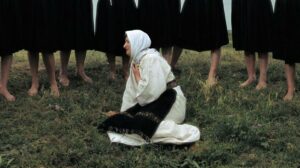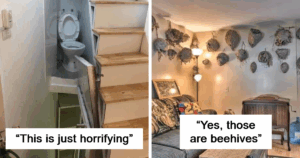“Unlocking Secrets of the Ancients: The Mysterious Tomb of Egypt’s Lost Pharaoh Discovered!”
After 3,500 years of mystery and intrigue, the tomb of Ancient Egypt’s elusive “missing pharaoh” has been uncovered! Can you imagine what secrets lie behind those ancient walls? This monumental discovery is no small feat—it marks the first royal tomb found by Egyptologists since the iconic King Tutankhamun’s tomb was revealed in 1922. Spearheaded by a collaboration between Egyptian and British archaeological teams, the hunt focused on the legendary King Thutmose II, leading excavators to a site west of the Valley of the Kings in Luxor’s western mountains. Excited yet? Well, let’s dive deeper into this once-in-a-century find and see what treasures have finally resurfaced after all this time! LEARN MORE.
The tomb of Ancient Egypt’s ‘missing pharaoh’, lost for 3,500 years, has finally been found following renewed efforts to locate the historic chamber.
And it is a once in a century discovery, with it the first royal tomb to be discovered by Egyptologists since the unveiling of King Tutankhamun’s tomb 103 years ago in 1922.
The new find was conducted under the watch of a joint Egyptian and British archaeological mission, spearheaded by the Supreme Council of Antiquities and the New Kingdom Research Foundation.
With a focus set on finding the tomb of King Thutmose II, attention turned to an area of Ancient Egypt found 2.4 kilometres west of the Valley of the Kings in Luxor’s western mountain region.
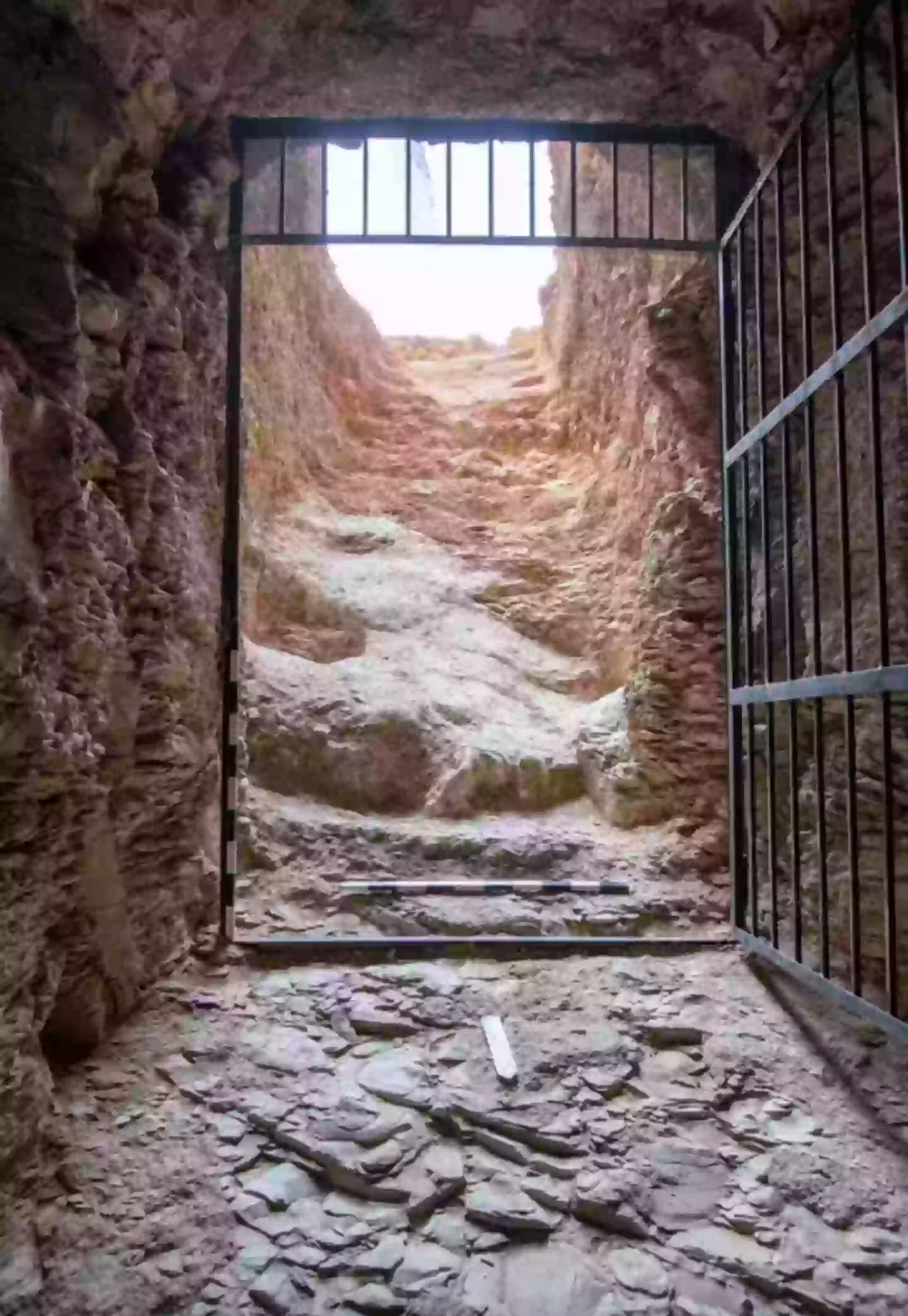
The entrance to the tomb (PA Wire)
Thutmose II was the fourth Pharaoh of the 18th Dynasty of Egypt, reigning from 1493 BC to 1479 BC, meaning he died a staggering 3,503 years ago. He is considered one of Ancient Egypt’s greatest leaders.
Labelled a ‘remarkable’ discovery by Egypt’s Ministry of Tourism and Antiquities, it was found during excavation and research work at a location that had previously bee labelled ‘tomb Wadi C-4’. The entrance and main corridor to this location were initially discovered in 2022 with years of research taking place since then.
This week (18 February), new evidence has ‘definitively’ identified it as the tomb of Pharaoh Thutmose II.

The tomb before and after rubble was removed (Ministry of Tourism and Antiquities)
Minister of Tourism and Antiquities, Sherif Fathy, hailed the excavation and emphasised the significance of this discovery in revealing further secrets and treasures of Egypt’s ancient civilisation.
Dr Mohamed Ismail Khaled, Secretary General of the Supreme Council of Antiquities, explained that when the entrance and main corridor of the tomb were uncovered in October 2022, the team initially believed it to be the tomb of one of the royal wives of the Thutmosid kings.
This assumption was based on its proximity to the tombs of King Thutmose III’s wives and Queen Hatshepsut’s tomb, which she had originally prepared as a royal consort before ascending the throne as pharaoh.
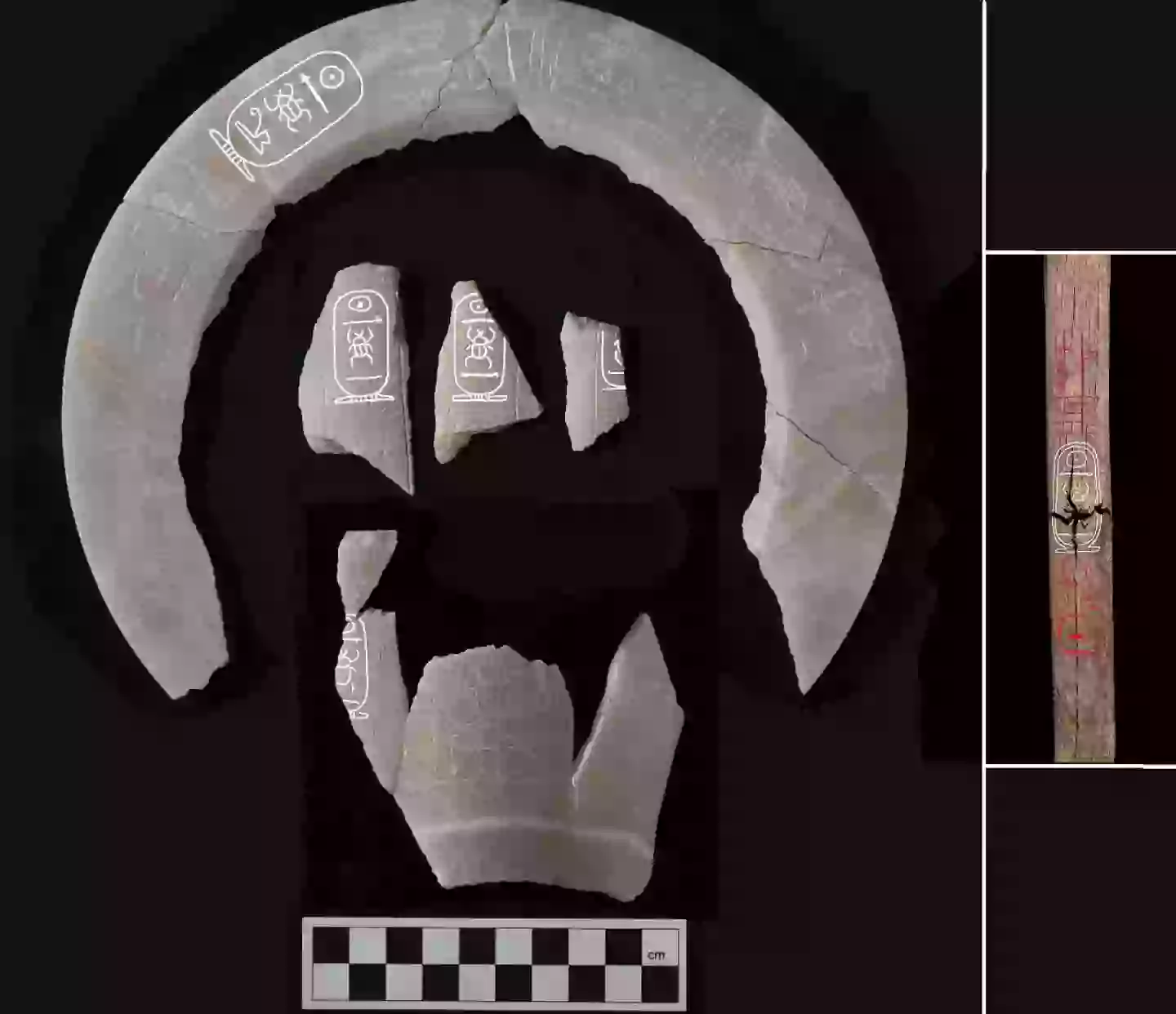
Artefacts found with Thumose II’s inscription on them (Ministry of Tourism and Antiquities)
But excavation work on the site continued and has now unearthed new archaeological evidence that identified the tomb’s owner as Pharaoh Thutmose II, with artefacts inscribing his name found within the tomb.
The excavation leader and field director, Piers Litherland, from Cambridge University, said: “This discovery solves a great mystery of ancient Egypt: the location of the tombs of the early 18th dynasty kings. The tomb of this ancestor of Tutankhamun had never been found because it was always thought to be at the other end of the mountain near the Valley of the Kings.
“Initially we thought we might have found the tomb of a royal wife, but the wide staircase and the large doorway suggested something more important.
“The discovery that the burial chamber had been decorated with scenes from the Amduat, a religious text which is reserved for kings, was immensely exciting and was the first indication that this was a king’s tomb.”

Remnants of decorative design in the tomb (Ministry of Tourism and Antiquities)
The dilapidated condition of the tomb was thought to be as a result of historic flooding in the area, moving debris in to the chamber that has become densely packed over time.
This is also why the tomb is partially collapsed, with the structural integrity of the site weakened due to natural disaster events.
